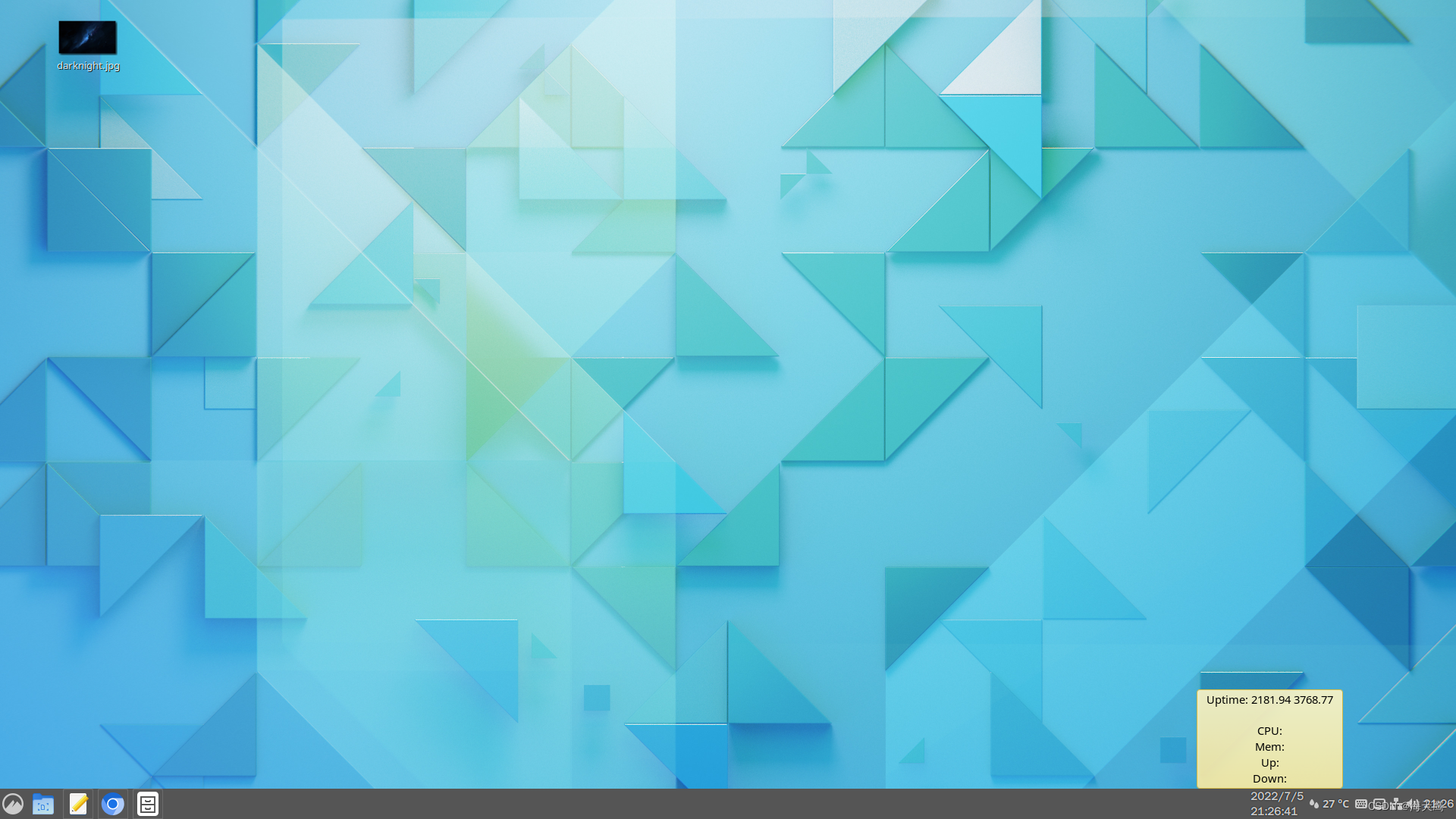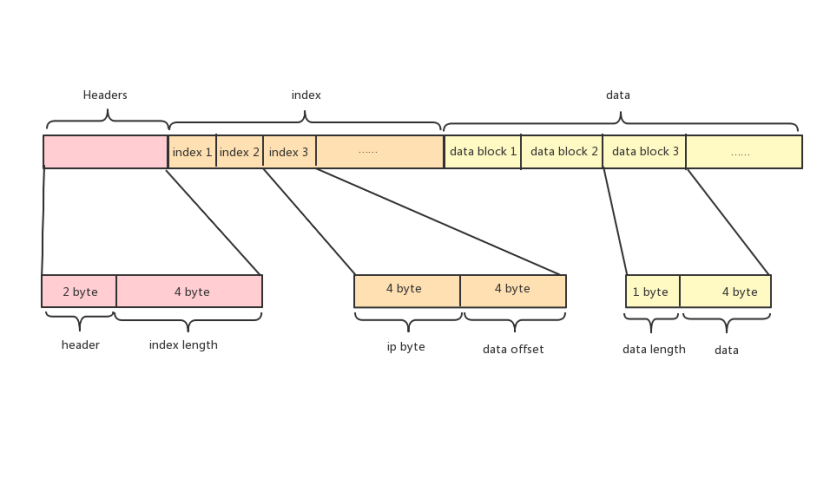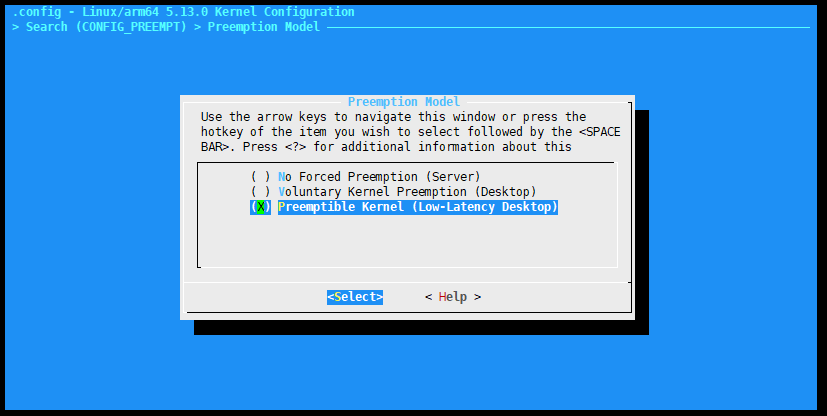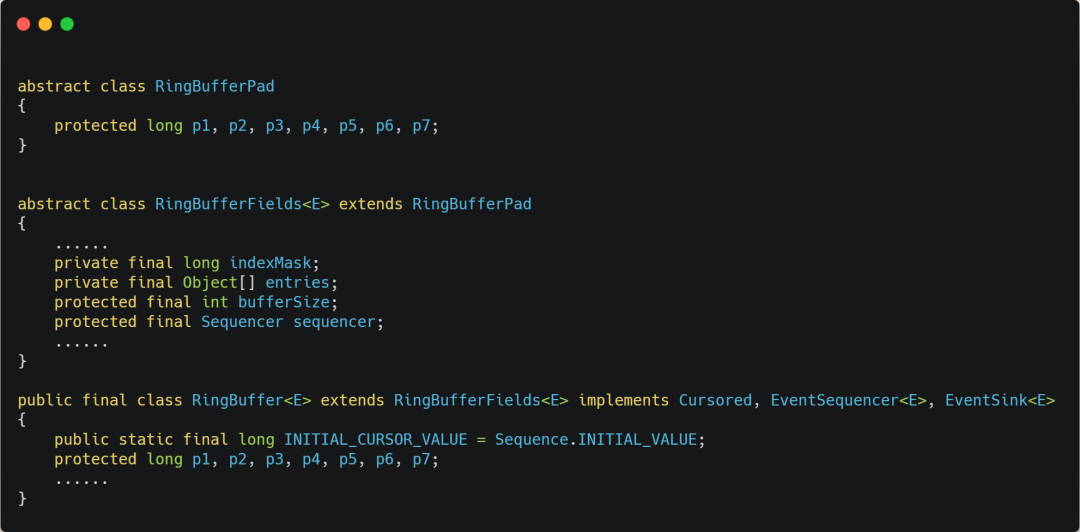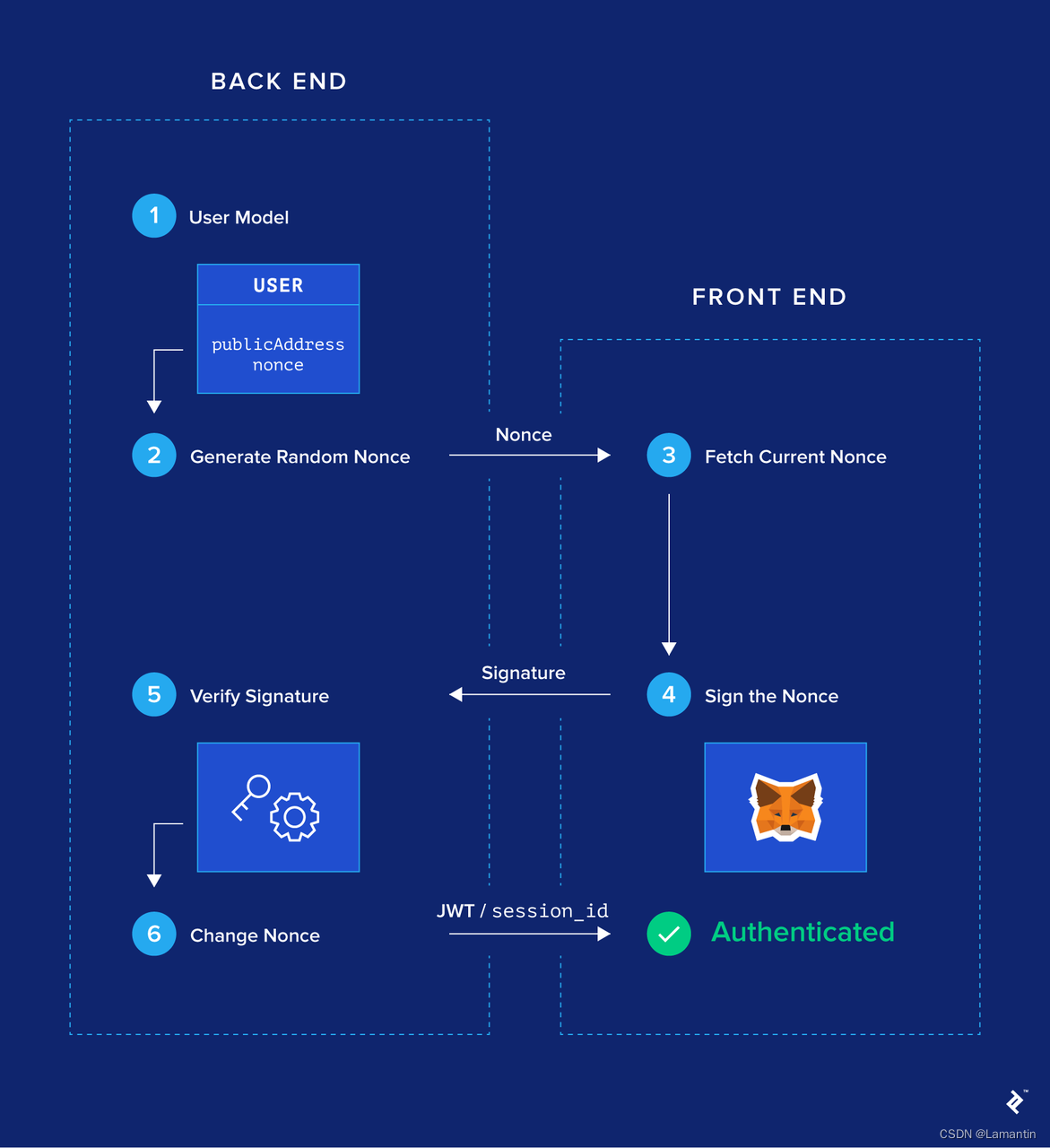当前位置:网站首页>Sliding rail stepping motor commissioning (national ocean vehicle competition) (STM32 master control)
Sliding rail stepping motor commissioning (national ocean vehicle competition) (STM32 master control)
2022-07-07 13:33:00 【Xiao Lu who dreams of being a geek】
Tips : When the article is finished , Directories can be generated automatically , How to generate it, please refer to the help document on the right
List of articles
Preface
In the aircraft race : Commissioning experience of slide rail stepping motor
One 、 Slide rail stepping motor ?
It looks like this 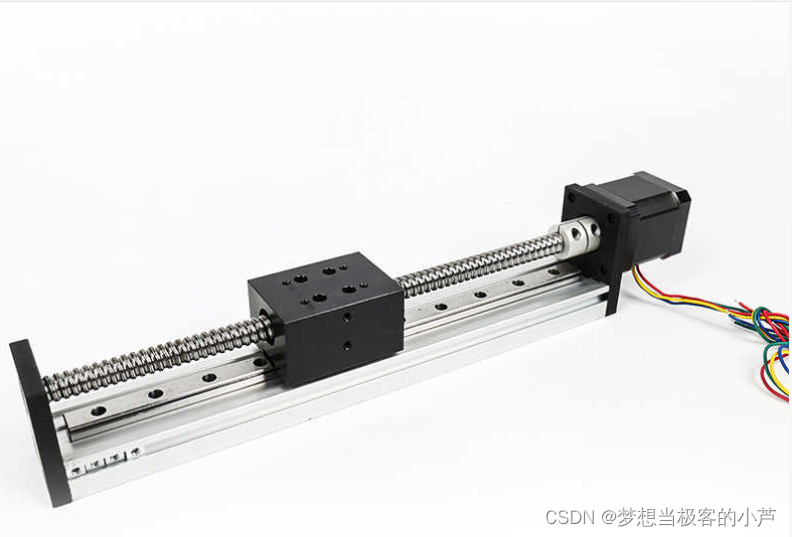
A treasure called precision trapezoidal screw linear guide slide module CNC mobile module platform stepper motor …
Two 、 Use
1. Slide action
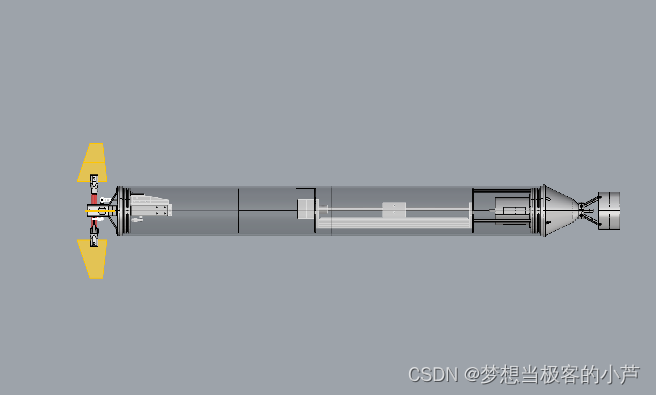
see , The position of the slide rail is a little in front of the aircraft , It is mainly used to adjust the pitch angle of the aircraft .
2. Driver ( I am using DM542)
It grows like this. 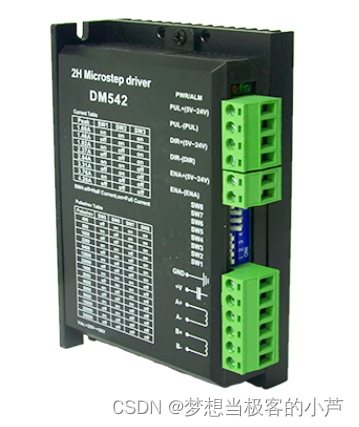
This is his Handbook :http://www.yunkong.com/upload/file/contents/2019/09/5d71f45d04867.pdf
DM542 The point that needs attention is the working current , Do not exceed the rated current of the stepping motor .
Subdivision parameters will affect the number of turns of the same pulse motor .
3. The simplest driving method I use ( use GPIO Delay to generate pulse )
/**
* @brief The stepper motor rotates
* @param tim Square wave period Company MS The shorter the period, the higher the frequency , The faster the speed Subdivided into 1 At least 10ms
* @param angle The angle value that needs to be rotated
* @param dir Select forward and reverse ( Value range :0,1)
* @param subdivide Subdivision values
* @note nothing
* @retval nothing
*/
void stepper_turn(int tim,float angle,float subdivide,uint8_t dir)
{
int n,i;
/* Calculate how many square waves the step angle is divided into according to the subdivision */
n=(int)(angle/(1.8/subdivide));
if(dir==CW) // Clockwise
{
MOTOR_DIR(CW);
}
else if(dir==CCW)// Anti-clockwise
{
MOTOR_DIR(CCW);
}
/* On enable */
MOTOR_EN(HIGH);
/* Simulated square wave */
for(i=0;i<n;i++)
{
MOTOR_PLU(HIGH);
Delay_us(tim/2); //tim I set it up. 1000 It's a delay 0.5ms
MOTOR_PLU(LOW);
Delay_us(tim/2);
}
/* Off enable */
MOTOR_EN(LOW);
}
There are also interrupts that generate pulses 、 perhaps PWM Peripherals generate pulses 、 I am using STM32F407 You can use peripherals , But I'm lazy .
summary
I haven't written a blog for a long time , Write a blog record … Look at my blog , It's also my motivation to update .
- Be sure to remember the stepping motor 4 Don't connect the wrong cable ( I am red and green color blind because of this adjustment all morning , Lesson from blood )

- Another point is to be careful not to stall , It will burn out the motor
- Add optocoupler to the MCU control board for safety , Prevent the current from reversing and burning the single chip microcomputer , It also increases the driving capacity .
bye ~
边栏推荐
- Ogre入门尝鲜
- Shell batch file name (excluding extension) lowercase to uppercase
- Simple and easy-to-use code specification
- Read PG in data warehouse in one article_ stat
- Final review notes of single chip microcomputer principle
- JNA learning notes 1: Concepts
- LeetCode简单题分享(20)
- 存储过程的介绍与基本使用
- Cinnamon taskbar speed
- JS function returns multiple values
猜你喜欢
随机推荐
SSRF漏洞file伪协议之[网鼎杯 2018]Fakebook1
Use of polarscatter function in MATLAB
648. 单词替换 : 字典树的经典运用
QQ的药,腾讯的票
Solve the cache breakdown problem
Read PG in data warehouse in one article_ stat
RealBasicVSR测试图片、视频
干货|总结那些漏洞工具的联动使用
MySQL error 28 and solution
Why can basic data types call methods in JS
Indoor ROS robot navigation commissioning record (experience in selecting expansion radius)
Show the mathematical formula in El table
Esp32 construction engineering add components
High end for 8 years, how is Yadi now?
Flink | 多流转换
Vscode编辑器ESP32头文件波浪线不跳转彻底解决
My "troublesome" subordinates after 00: not bad for money, against leaders, and resist overtime
User management summary of mongodb
我那“不好惹”的00后下属:不差钱,怼领导,抵制加班
Ikvm of toolbox Net project new progress

![[Presto profile series] timeline use](/img/c6/83c4fdc5f001dab34ecf18c022d710.png)
